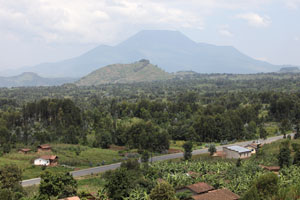
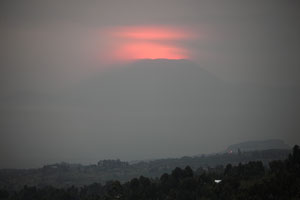
View to SE side of Nyiragongo from Ruanda
Nyiragongo lava lake illuminating haze / steam over summit
 |
 |
|
View to SE side of Nyiragongo from Ruanda |
Nyiragongo lava lake illuminating haze / steam over summit |
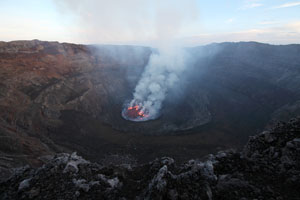 |
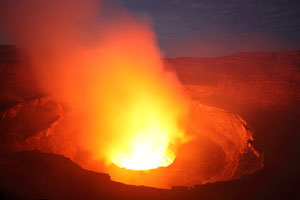 |
|
Nyiragongo crater with lava lake inside, Jan. 2011 |
Nighttime view of Nyiragongo crater |
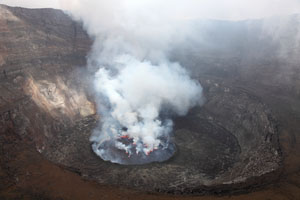 |
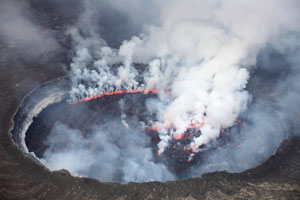 |
|
Lava lake sitting in almost filled pit left behind following 2002 eruption |
Lava lake with activity along side (back side) and within lake |
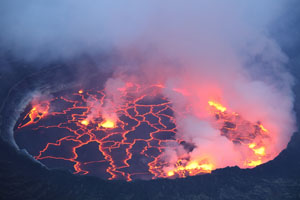 |
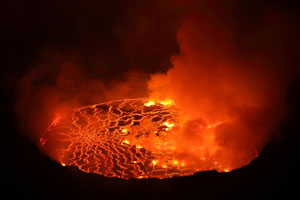 |
|
Evening view of lava lake |
Nighttime view of lava lake |
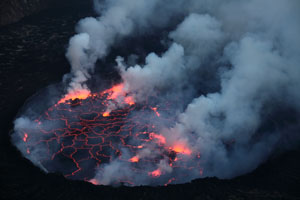 |
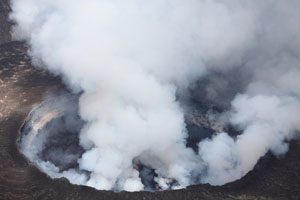 |
|
Evening view of lava lake |
Intense degassing during phase of high lake activity |
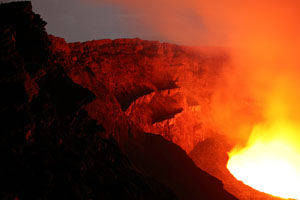 |
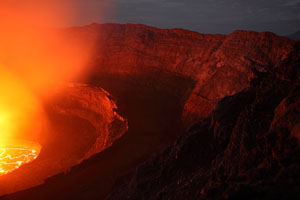 |
|
Nighttime view of western crater wall |
Nighttime view of eastern crater wall |
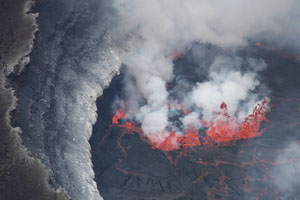 |
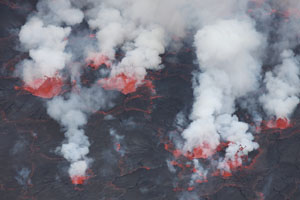 |
|
Lava fountains near pit crater wall |
Lava fountains distributed across the lake surface |
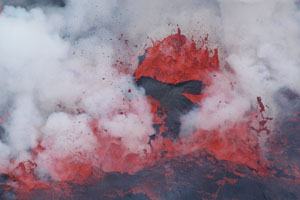 |
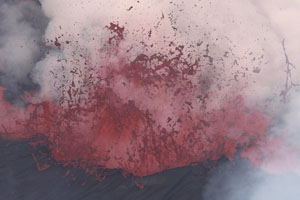 |
|
Lava fountain lifts up piece of lake crust |
Violent lava fountaining |
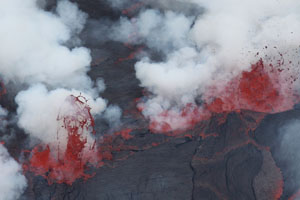 |
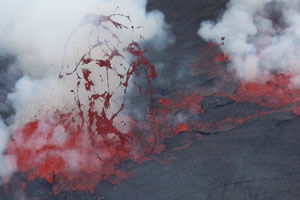 |
|
Lava fountaining |
Lava fountain draws lava into thin threads - formation of Pele's hair |
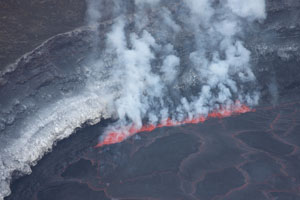 |
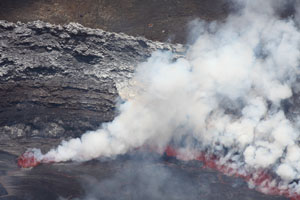 |
|
Crust of lake opens at edge allowing degassing |
Activity from small fountain in lake and active zone at lake edge |
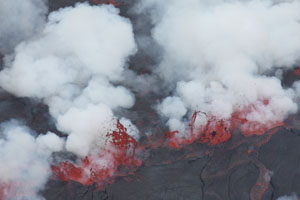 |
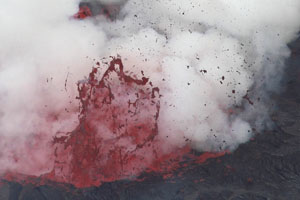 |
|
Fountaining is generally accompanied by vigorous degassing |
Lava fountain and associated degassing |
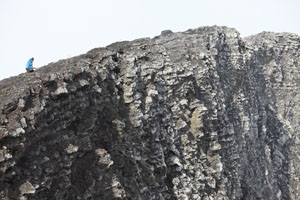 |
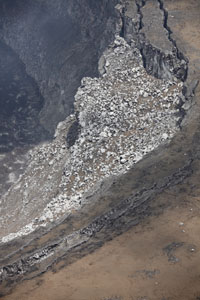 |
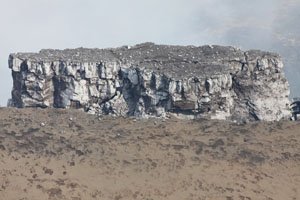 |
|
Steep upper walls of crater |
Unstable terrace in crater |
Sections of terrace have detached and lean inwards |
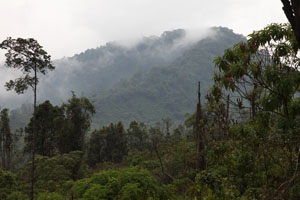 |
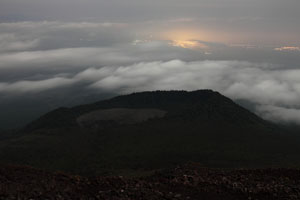 |
|
Shaheru crater viewed from the climbing track |
Nighttime view over Shaheru crater showing the city lights of Goma |
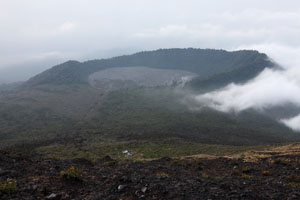 |
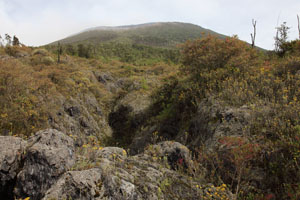 |
|
Shaheru crater viewed from summit. Note: 2002 fissure below left side of crater and lava field in crater from 1977 eruption. |
Upper section of 2002 fissure with summit area in background. |
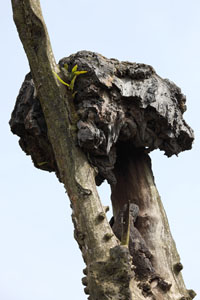 |
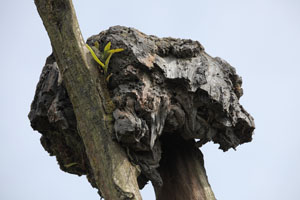 |
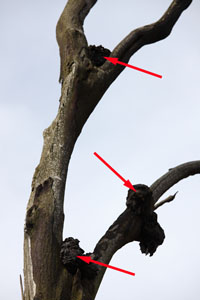 |
|
Lava nests in trees resulting from vigorous fountaining at onset of 2002 eruption. |
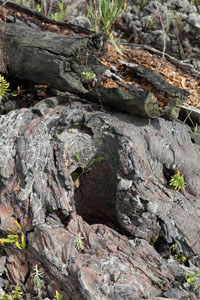 |
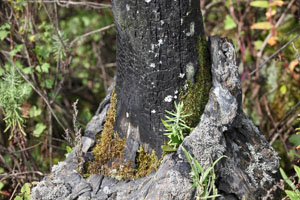 |
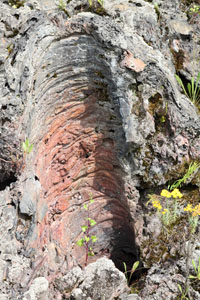 |
|
Tree mould with remains of tree behind. |
Lava collar around tree trunk. |
Tree mould left behind after tree stuck in lava decayed. |
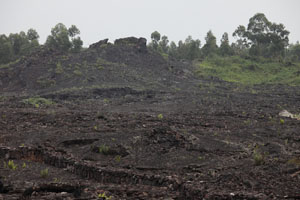 |
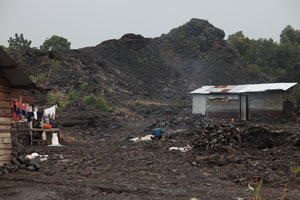 |
|
Cone and lava flow field along V8 vent system of 2002 |
Most southerly prominent cone on V8 vent system of 2002 |
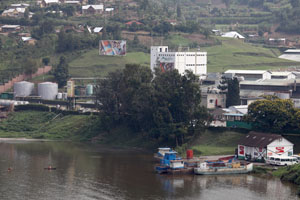 |
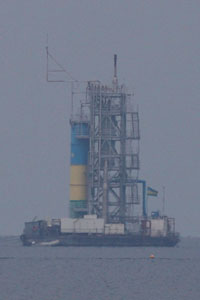 |
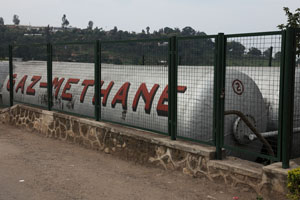 |
|
Bralirwa brewery aside lake Kivu |
Contour Globals KivuWatt project rig for gas extraction in Lake Kivu |
Methane from lake was used at the brewery from 1962 to 2004 |
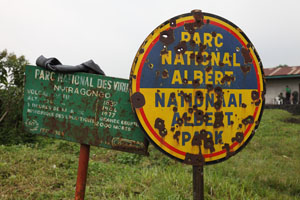 |
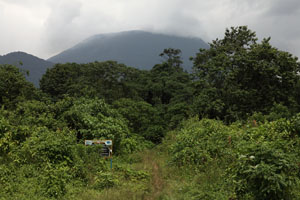 |
|
Bullet-ridden National Park sign |
Start of path to Nyiragongo at park entrance |
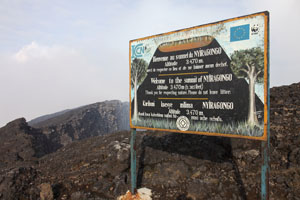 |
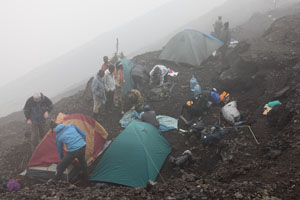 |
|
Large sign on crater rim |
Camp site on terrace at crater rim. Wooden huts will be placed here in mid-2011 |
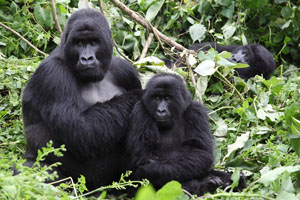 |
|
Gorillas in Virunga National Park |